From Ancient Rituals to Modern Trends: 14 Captivating Facts About Body Piercing History

Body piercing is a practice that spans centuries and cultures, and serves as a form of self-expression, cultural identity, and spiritual significance. As we celebrate International Body Piercing Day, it’s the perfect time to delve into the rich and varied history of this ancient art. From the tribal traditions of the Maasai in Africa to the symbolic nose piercings in Hindu culture, body piercing has evolved and adapted, reflecting the diverse values and aesthetics of societies around the world. Here are 14 fascinating facts that highlight the historical and cultural significance of body piercing.
Ancient Origins
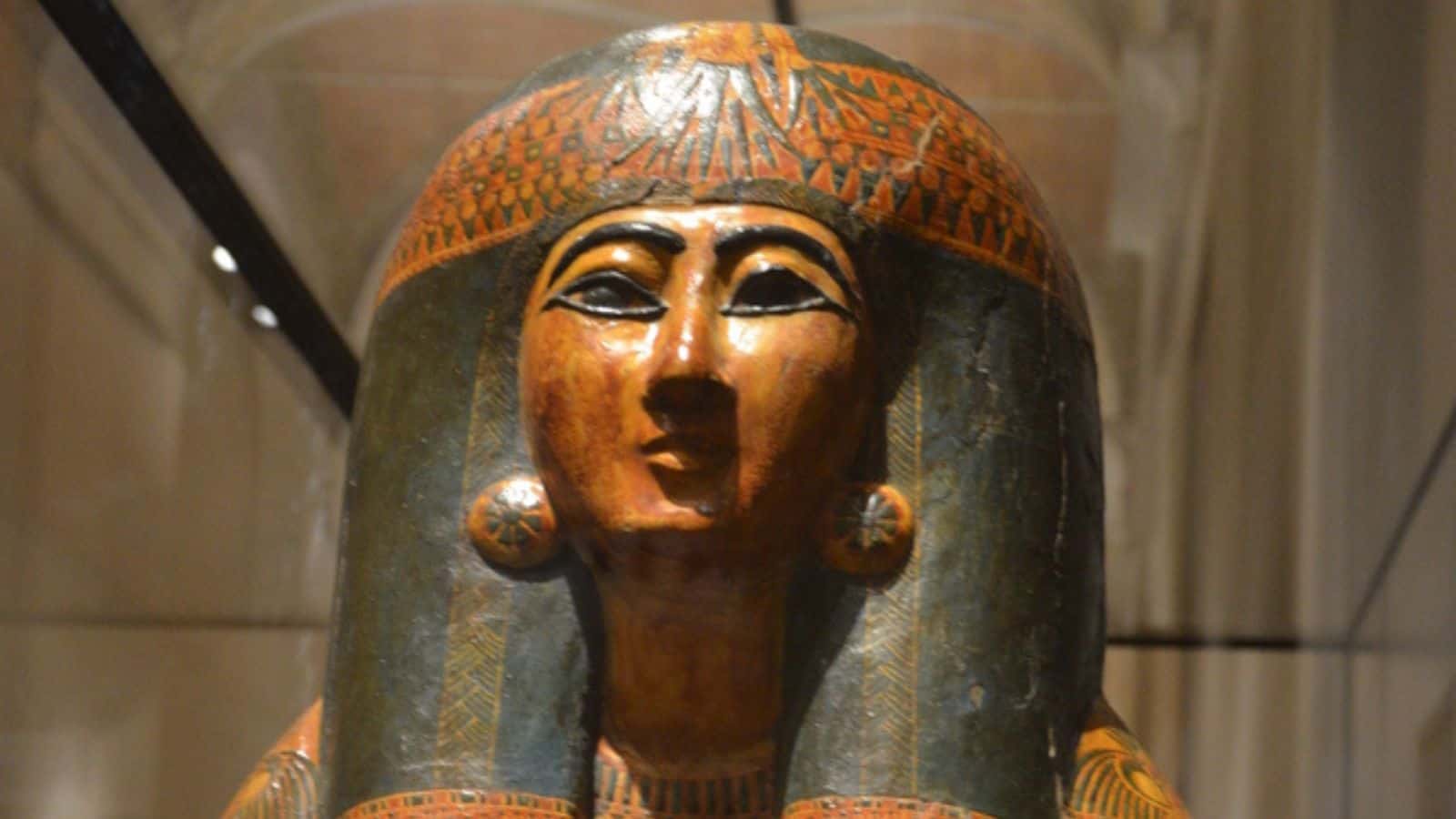
Body piercing dates back to ancient times, with evidence of ear and nose piercings found in mummies over 5,000 years old. The oldest known mummy, Ötzi the Iceman, who lived around 3300 BCE, had pierced ears with large gauge holes, indicating that this practice was prevalent even in prehistoric societies.
Egyptian Culture
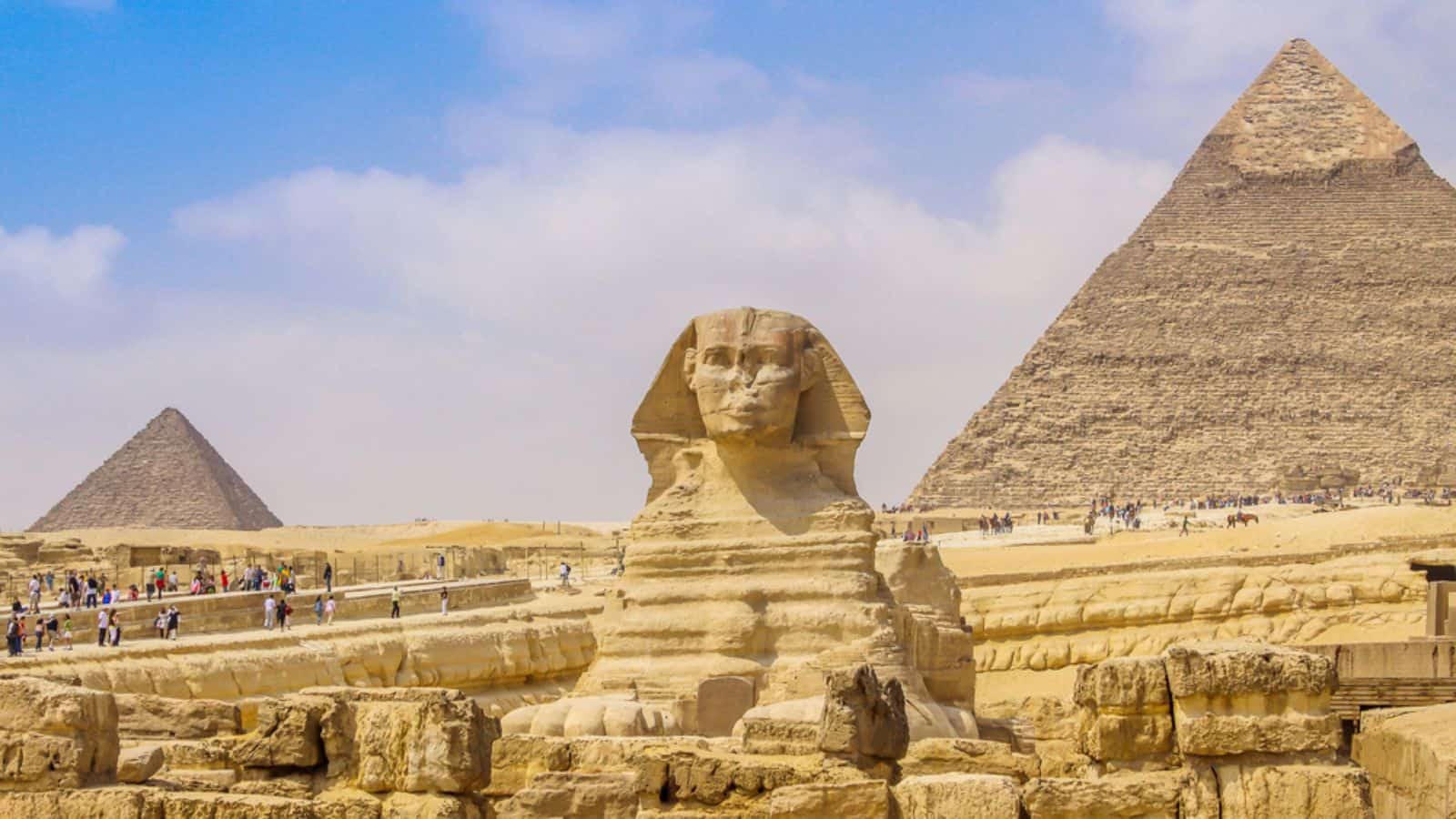
In ancient Egypt, earrings were a symbol of wealth and status, and only the pharaoh was allowed to have his navel pierced. This exclusive practice highlighted the pharaoh’s divine and exalted status. Ear and nose piercings were more common among the general populace and were often adorned with elaborate jewelry made from gold and precious stones.
Roman Soldiers

Roman soldiers pierced their chests to signify strength and virility, as well as to show their allegiance to the empire. The piercing was also a symbol of loyalty and camaraderie among soldiers, creating a sense of unity and shared identity. It’s been reported that Julius Caesar also had piercings to show his unity with his men.
Mayan Civilization
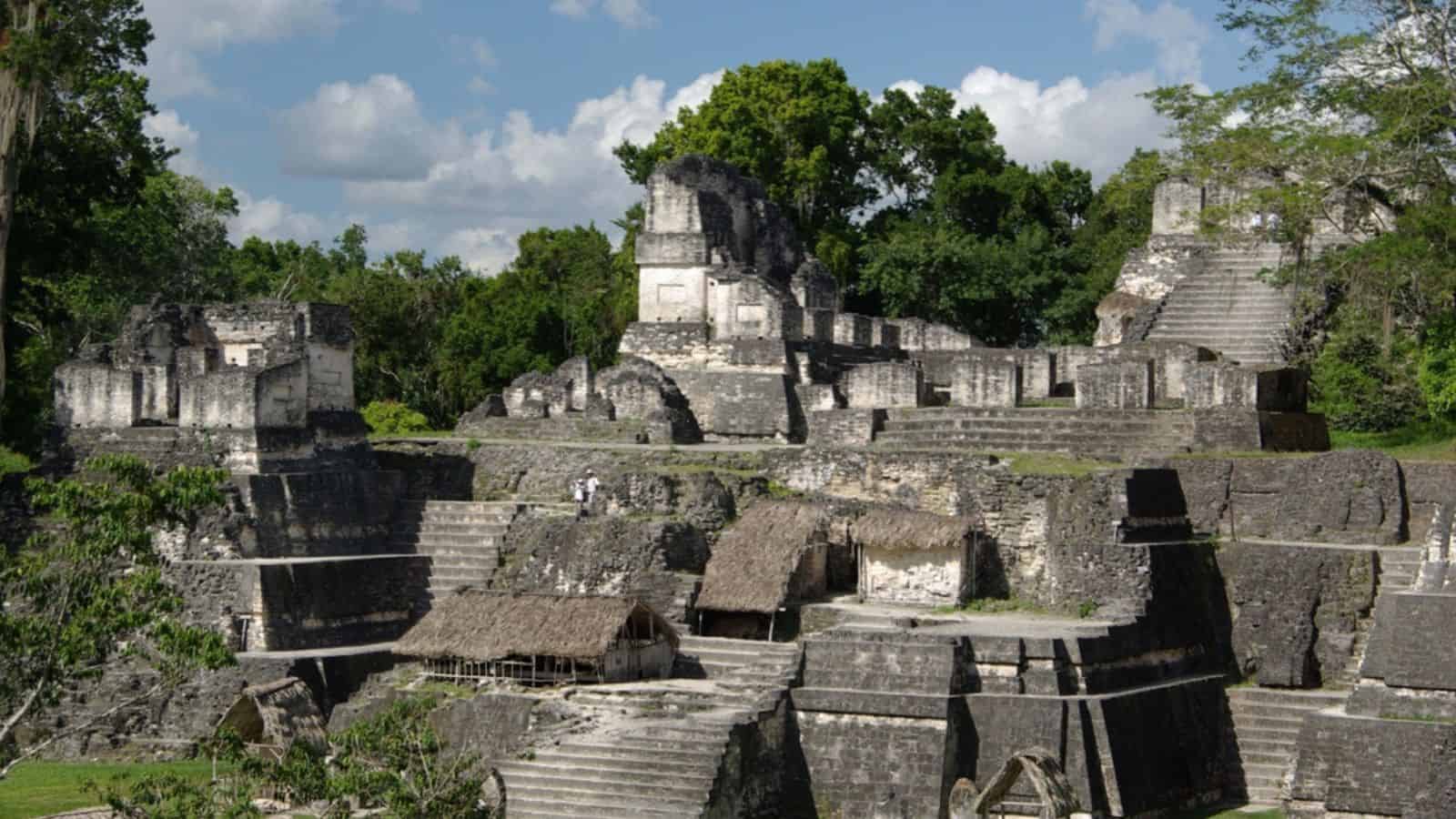
The ancient Mayans of Central America practiced tongue piercing as part of religious rituals to communicate with the gods. This painful and bloodletting practice was believed to open a channel of communication between the human and divine realms. The blood drawn from the piercing was offered to the gods as a form of sacrifice, demonstrating the Mayans’ deep spiritual beliefs and their willingness to endure pain for religious devotion.
Indian Tradition
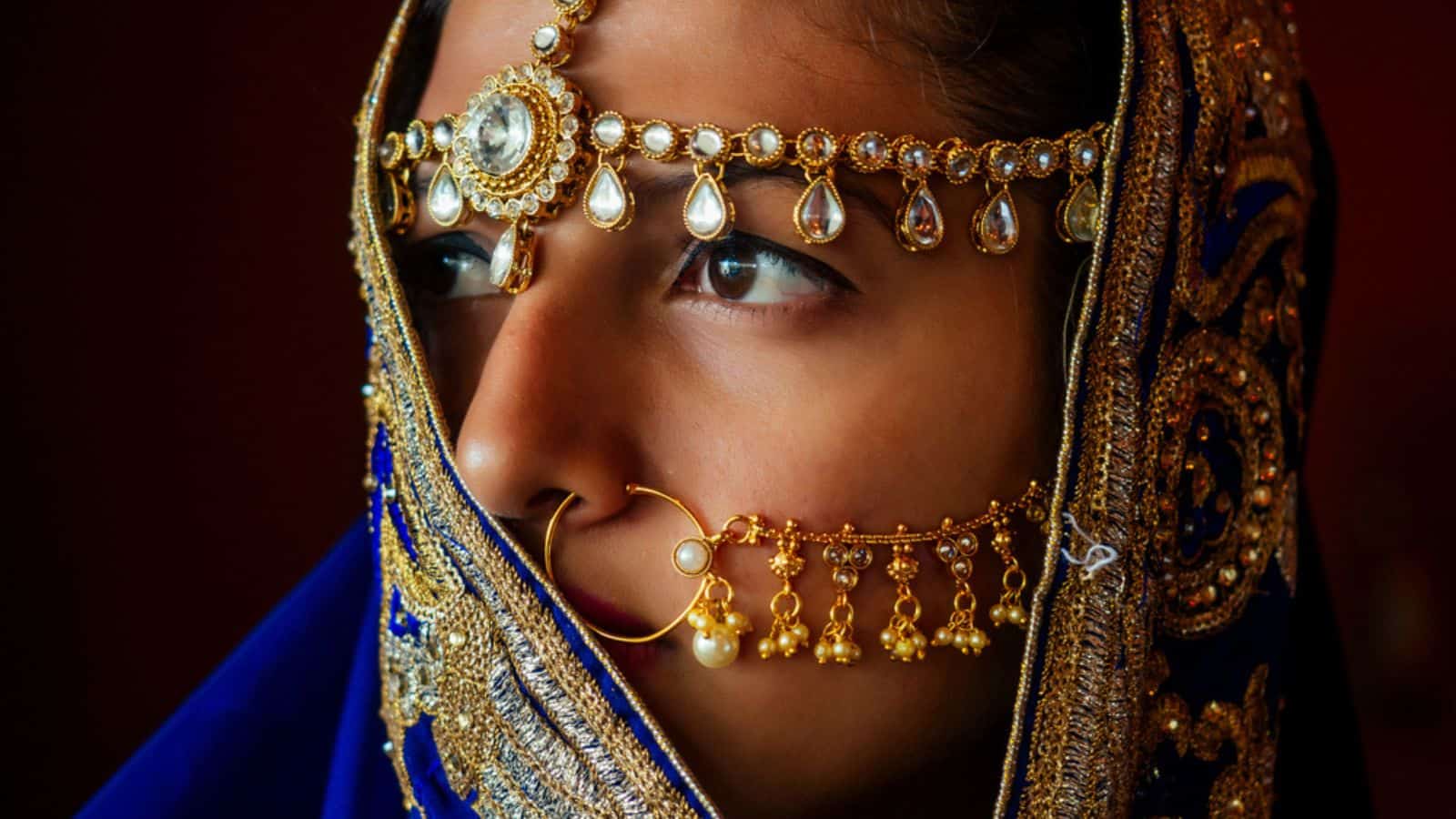
Nose piercing has been a part of Indian culture for centuries, often associated with Ayurveda and believed to ease childbirth. Traditionally, the left nostril is pierced, as it is linked to the female reproductive organs in Ayurvedic medicine. Nose piercings are also a significant part of Indian bridal adornment, symbolizing marital status and enhancing a woman’s beauty.
Mursi tribe of Ethiopia

Lip and ear piercings are common in various African tribes, often symbolizing beauty, status, and coming-of-age rituals. For example, in the Mursi tribe of Ethiopia, women wear large lip plates as a sign of beauty and social status. The size of the plate can indicate the woman’s dowry or her family’s wealth.
African Maasai Tribe

The Maasai people of East Africa practice ear stretching as a sign of beauty and status, with both men and women participating. This tradition involves gradually enlarging the earlobes using increasingly larger pieces of jewelry made from materials such as wood, bone, and metal. The size of the stretched earlobes is often a marker of social standing and maturity within the tribe. For the Maasai, ear stretching is not just a cosmetic practice but a deeply ingrained cultural ritual that signifies identity and heritage.
North American First Nations Culture
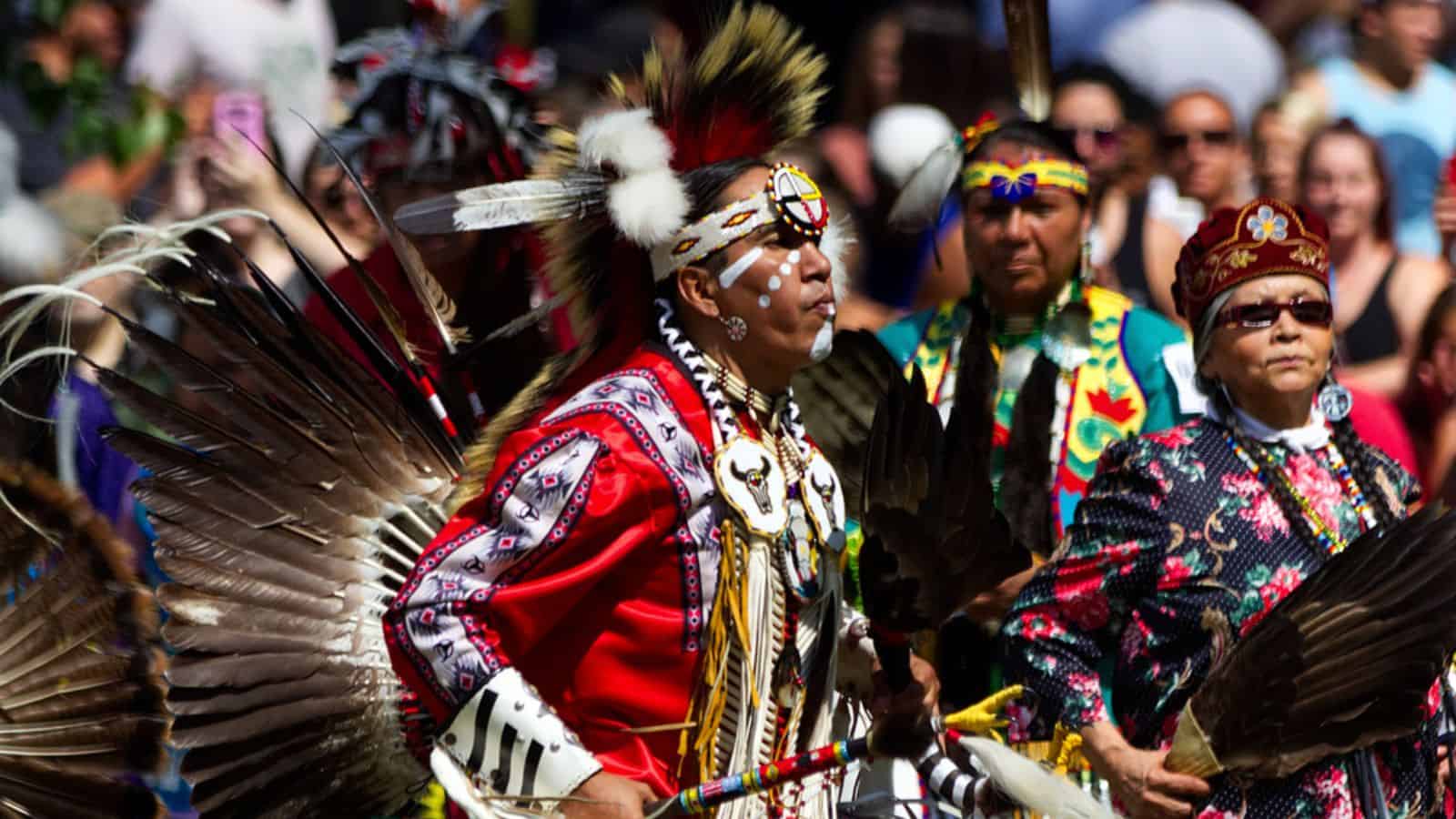
Among the Inuit people, lip piercings called labrets were worn by men and women to signify maturity and social status. These piercings were often made from ivory, bone, or stone and were inserted into the lower lip. The size and material of the labret could indicate the individual’s age, social standing, and accomplishments. This practice reflects the Inuit’s use of body modification as a means of personal expression and social differentiation in their tight-knit communities.
Aztec and Maya

The Aztec and Maya civilizations used septum piercings to signify bravery and nobility, often adorning them with gold and jade. These piercings were a mark of high status and valor, worn by warriors and nobles to demonstrate their courage and social rank. The use of precious materials in these piercings highlights the wealth and craftsmanship of these ancient civilizations. Septum piercings were also believed to have spiritual significance, connecting the wearer to the divine and enhancing their spiritual power.
Yanomami tribe

Among the Yanomami tribe in the Amazon, septum piercings were also common and often decorated with feathers or bones as a sign of strength and courage. These piercings are usually performed during initiation rites and other significant tribal ceremonies. The septum piercing, adorned with natural materials, serves as a symbol of the individual’s bravery and connection to the natural world. This practice highlights the Yanomami’s deep connection to their environment and their cultural values related to strength and courage. The use of feathers and bones in septum piercings not only signifies personal accomplishments but also represents the tribe’s spiritual beliefs and their reverence for the animals and nature around them.
Borneo Tribes
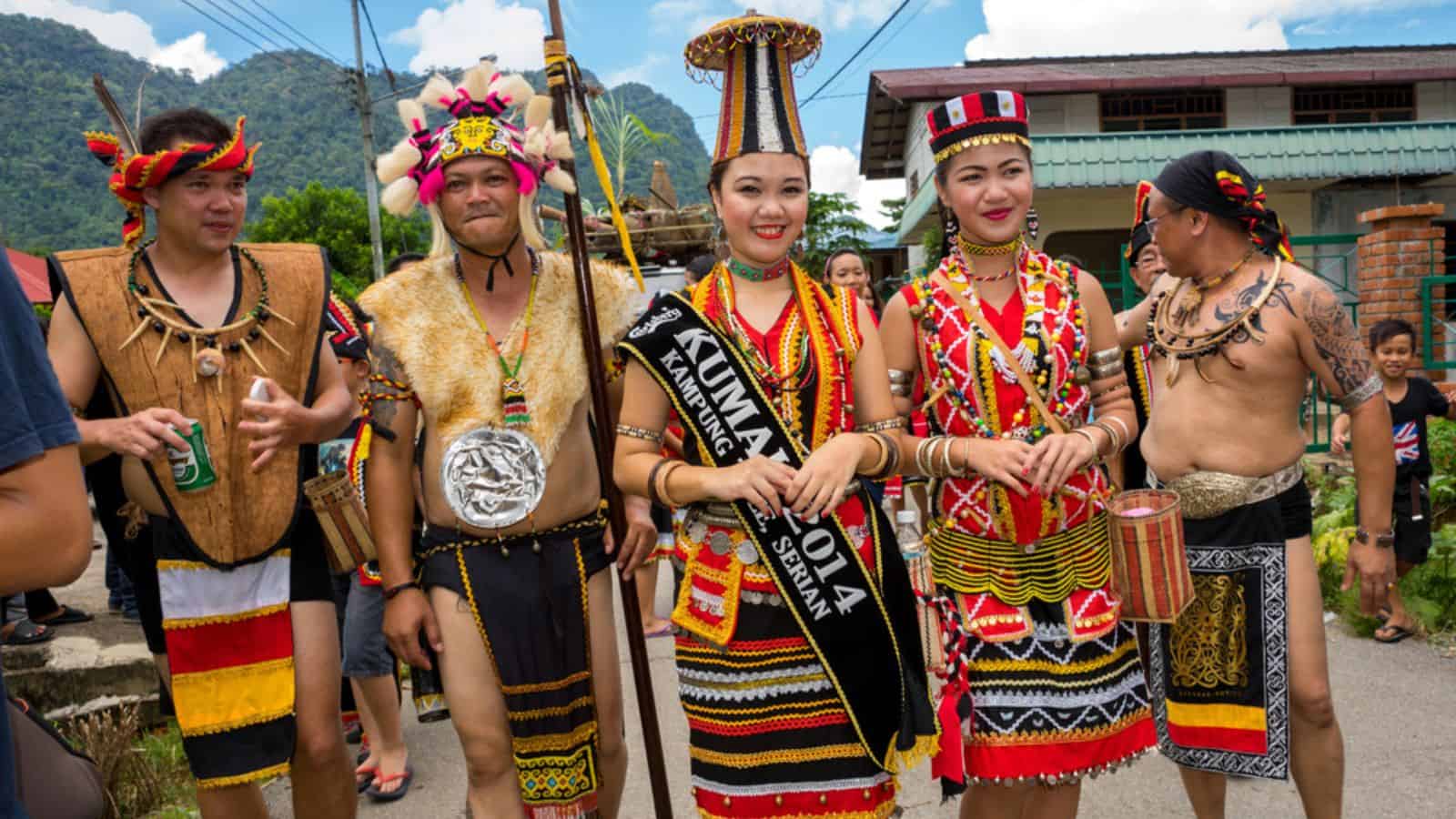
In Borneo, ear piercings are used to signify tribal identity and are often stretched to accommodate large wooden or stone plugs. This practice is deeply embedded in the cultural fabric of various indigenous groups, such as the Dayak people. Ear stretching is typically initiated at a young age and gradually increased over time, with the size and material of the ear plugs often indicating the individual’s age, social status, and tribal affiliation.
European Renaissance
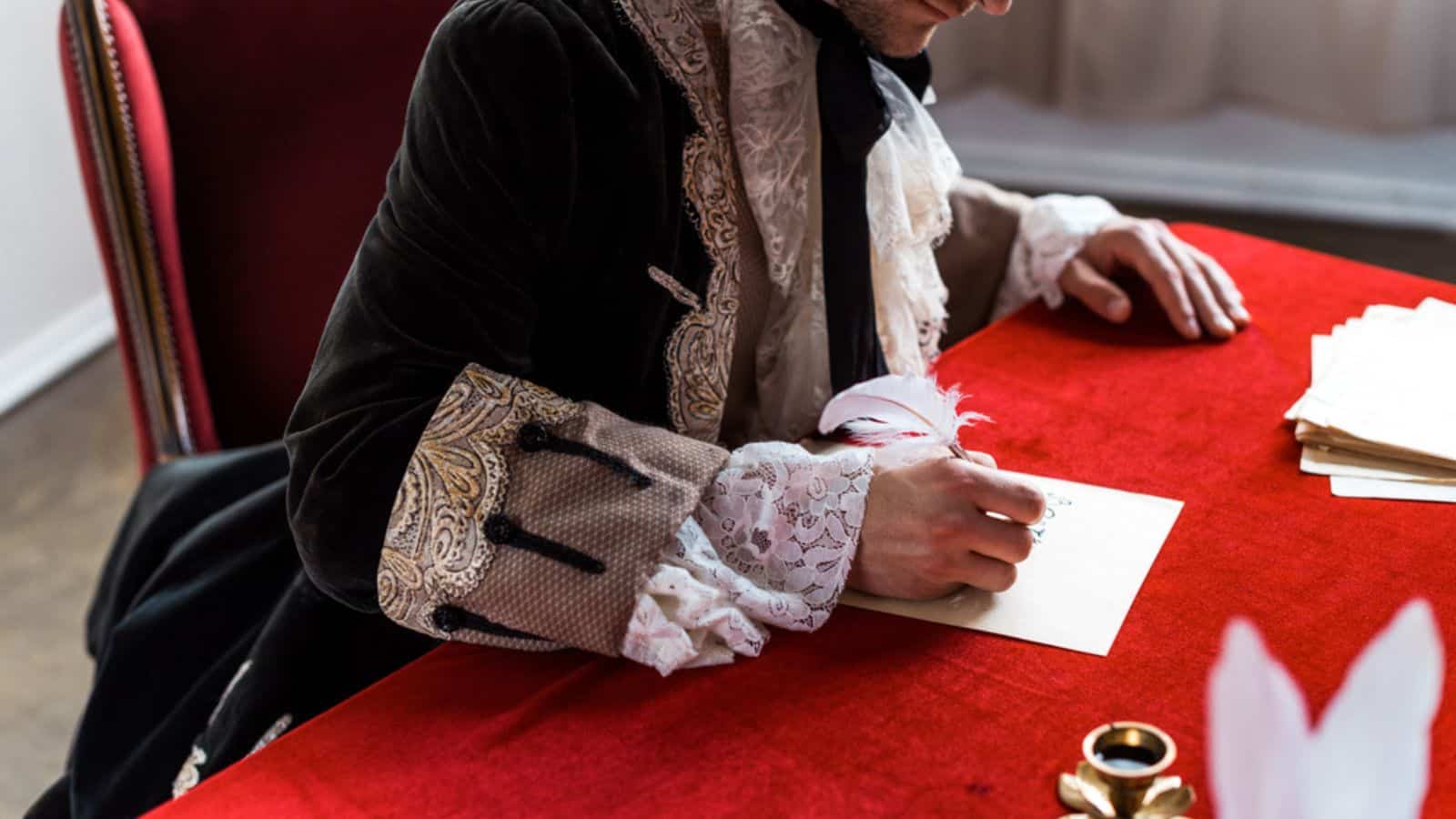
During the Renaissance, ear piercing became fashionable among European nobility, with noble men wearing elaborate earrings. This trend was influenced by the increasing availability of precious metals and gemstones, as well as the flourishing of artistic expression. Earrings were often designed to showcase wealth and sophistication, featuring intricate designs and expensive materials.
Sailor Tradition

Historically, sailors would pierce their ears to improve their eyesight or as a superstitious measure to ensure they had enough money for a proper burial if they died at sea. The practice of ear piercing among sailors dates back to ancient seafaring cultures and continued through the Age of Exploration. Gold earrings were often used as currency to pay for funeral expenses.
Modern Popularity

Today, body piercing is widely accepted and practiced globally, with a variety of styles and placements becoming mainstream. From traditional ear and nose piercings to more unconventional spots like the eyebrow, lip, and navel, body piercing has evolved into a diverse and widely embraced form of self-expression. Advances in piercing technology and hygiene standards have made the practice safer and more accessible than ever before. The proliferation of professional piercing studios and the influence of celebrities and social media have further popularized body piercing, making it a common and accepted part of contemporary fashion and personal identity.
19 Cooks Share Which Homemade Items They Insist on Making from Scratch Everytime

In today’s fast-paced world, convenience often dictates our choices in the kitchen. However, many are rediscovering the joy and benefits of making certain staples from scratch. Making food from scratch not only enhances the flavor and quality of the food but also provides greater control over ingredients, allowing for healthier and more customized meals. In a recent Reddit discussion, people share things they would rather make from scratch than buy from a grocery store.
19 Cooks Share Which Homemade Items They Insist on Making from Scratch Everytime
Keep Kids Engaged During Your Family Adventure With These Little-Known Hacks for Hiking with Kids

Hiking with kids can be a rewarding and enriching experience, both for the parents and the kids, but it often requires a bit of creativity to keep children engaged and excited. While the great outdoors offers endless opportunities for exploration and learning, children may sometimes need extra motivation to fully appreciate the adventure. To help you make the most of your family hiking trips, we’ve compiled a list of 18 unusual tips that go beyond the basics.
Keep Kids Engaged During Your Family Adventure With These Little-Known Hacks for Hiking with Kids






